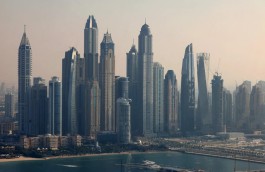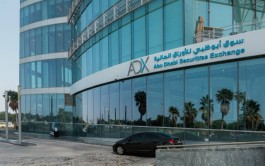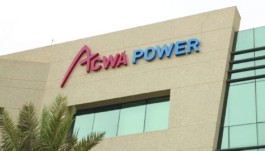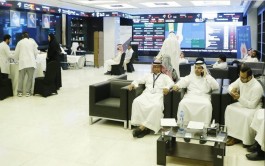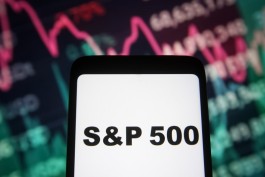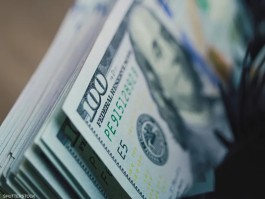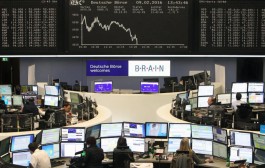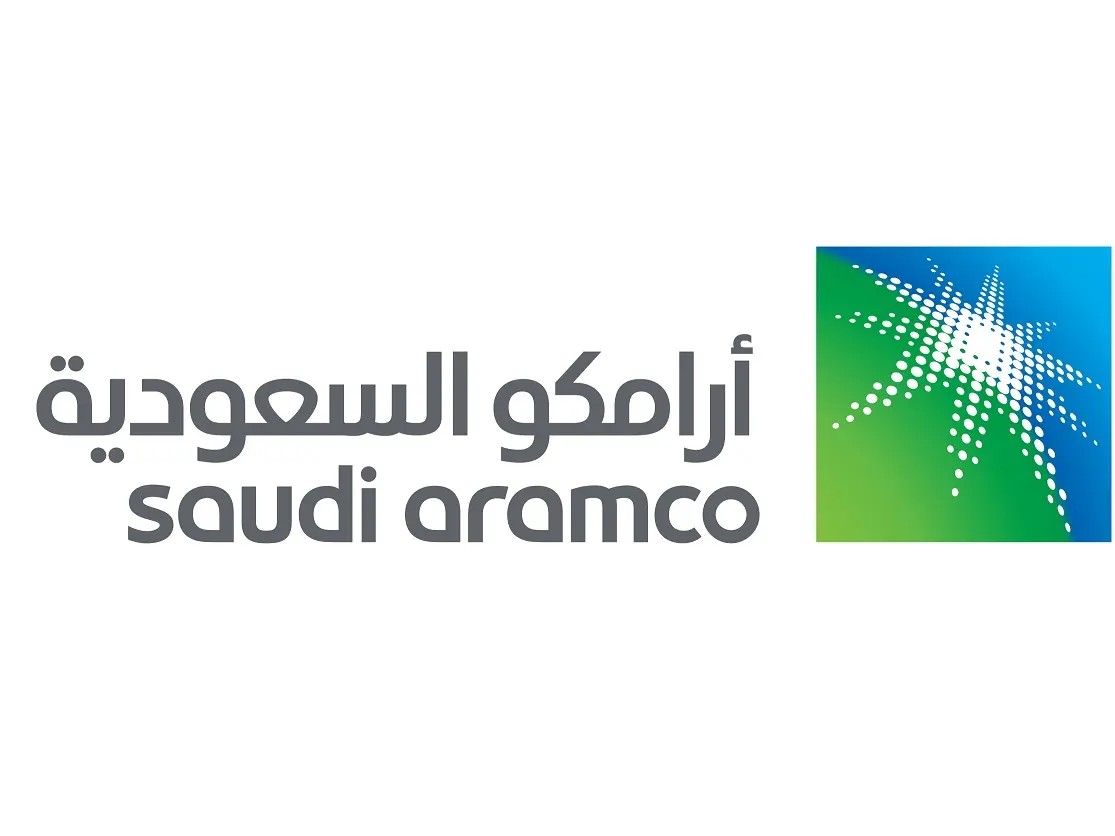Saudi Arabia's move to transfer 8% of Aramco's total shares to the Public Investment Fund has raised many questions about its reasons and consequences for the sovereign fund on the one hand, and the government's revenues, and how to compensate for these revenues in the future, on the other hand.
The move did not surprise Ahmed Shams El Din, head of research at EFG Hermes, Justin Alexander, director of US-based consultancy Gulf Economics, and Tim Callen, a visiting scholar at the Arab Gulf States Institute in Washington.
In statements to Asharq, they said that Saudi Arabia’s move is generally in line with the plan to raise the fund’s net asset value to $3 trillion by 2030, in addition to being part of a long-term plan set by Saudi Crown Prince Mohammed bin Salman as part of Vision 2030 to diversify the economy away from oil.
Shamsuddin said that the gradual monetization of assets from Aramco is a strategic necessity for the Kingdom as it transitions away from oil, noting that the Public Investment Fund is best positioned to help achieve this transition.
Kalin, who previously served as assistant director of the IMF’s Middle East and Central Asia Department, said the move also aims to provide the fund with additional income to finance its investment programs, while Shams El-Din said these high-value assets would give the fund a boost if it decides to tap debt markets.
Reliable press sources revealed in March that the fund is studying plans to enhance bond offerings or obtain bank loans in order to provide new sources of cash liquidity that will contribute to financing Saudi Arabia’s economic transformation project, in light of the decline in the fund’s cash reserves to $15 billion as of last September, which is the lowest level since 2020, when data recording began.
The fate of government revenues from Aramco
The Saudi government will naturally lose revenue through this process, as its stake in Aramco has fallen to 82.1%.
According to Asharq calculations, the Public Investment Fund’s treasury will receive about $19 billion from Aramco’s distributions for the current year, including distributions for the fund’s entire stake of about 16% in the world’s largest oil producing company.
Shams El Din considered that the transfer of shares would reduce the government’s income by about $9 billion, expressing his belief that this step would not change the rules of the game in any way, given that the current budget deficit is generally under control.
Last January, Saudi Arabia estimated the budget deficit for the current year at 79 billion riyals, as it will spend 1.251 trillion riyals; and expects to collect up to 1.172 trillion riyals in revenues.
Comparison in spending
Kalin agreed that the impact on the fiscal deficit would not be significant, adding that if the deficit turned out to be higher than estimated, the government might resort to borrowing, or slowing the pace of capital spending, thus reducing the size of total spending and the deficit.
But Saudi Arabia is unlikely to slow down spending, given expectations that Aramco’s profits will increase and therefore its dividends will increase, which means the government and the investment fund will get additional resources, according to Kalin.
While he believes that the government may impose restrictions on spending after 2025, if oil revenues do not rise from current levels, researcher Kalin said that if spending is cut, this may affect the growth of the non-oil sector, whose growth is essential for Vision 2030, suggesting that the Kingdom will likely resort to comparing types of spending, choosing to cut what does not have a significant impact on the non-oil sector. At the same time, he pointed out that there are some other policies that the Kingdom may resort to to support the sector even in the event of cutting spending, such as reducing interest rates, which facilitates the borrowing process for companies in the sector, and thus achieve more growth.
Kalin stressed that it is not necessary to work towards fiscal balance, as achieving a modest budget deficit is natural given the strength of the Kingdom’s financial position, including the still low level of debt.
Going into debt
Last January, Saudi Arabia raised its estimates for the size of the public debt portfolio by 12 billion riyals ($3.2 billion) compared to the estimates announced in the 2024 general budget statement, bringing this portfolio to about 1.115 trillion riyals ($297.3 billion) by the end of the year. The Kingdom also expected its financing needs during the current year to reach about 86 billion riyals ($23 billion).
Justin Alexander, director of Gulf Economics, believes that the kingdom’s debt-to-GDP ratio is relatively modest compared to similarly rated sovereigns, whose recent bond issues have been met with strong demand. He does not expect any problems in the near term in securing debt financing. However, as debt levels grow, this could become more difficult in the future, and interest costs could build up, especially for issues at current rates.
In the longer term, there is always the option of the PIF transferring income back to the government, as it did in 2020, Alexander said.
Fund gains
The investment fund, which now manages assets worth $925 billion after the conversion, recorded a net loss of 14.7 billion riyals in 2022, according to its consolidated financial statements submitted to green bond holders.
However, the fund has announced a plan to increase its capital deployment rate to $70 billion annually after 2025, up from $40 billion to $50 billion currently.
Alexander believed that increasing the fund's investment goals required increasing revenues, which he could obtain by increasing his share in Aramco.
But Kalin believes the fund will return to profitability this year, given that most of the loss in 2022 was due to changes in the estimated fair value of its investments.
He added that given the strength of global equity markets in the latter part of 2023, fair value estimates for some of the fund’s assets may rise, and it may record profits when it announces its 2023 results. This means an increase in the fund’s revenues allocated to investing in the transformation process.
Key Challenges
As for the challenges, Alexander considered that the real challenge facing the fund is the need to spend the transferred revenues in a way that creates an economic impact, and ultimately non-oil revenues for the government, to compensate for the shortfall from transferring Aramco’s profits.
For his part, Shams El-Din, Head of Research at EFG Hermes, said that apart from transferring assets from one pocket to another, the real challenge is that the Kingdom still needs oil to diversify its economy away from oil.
